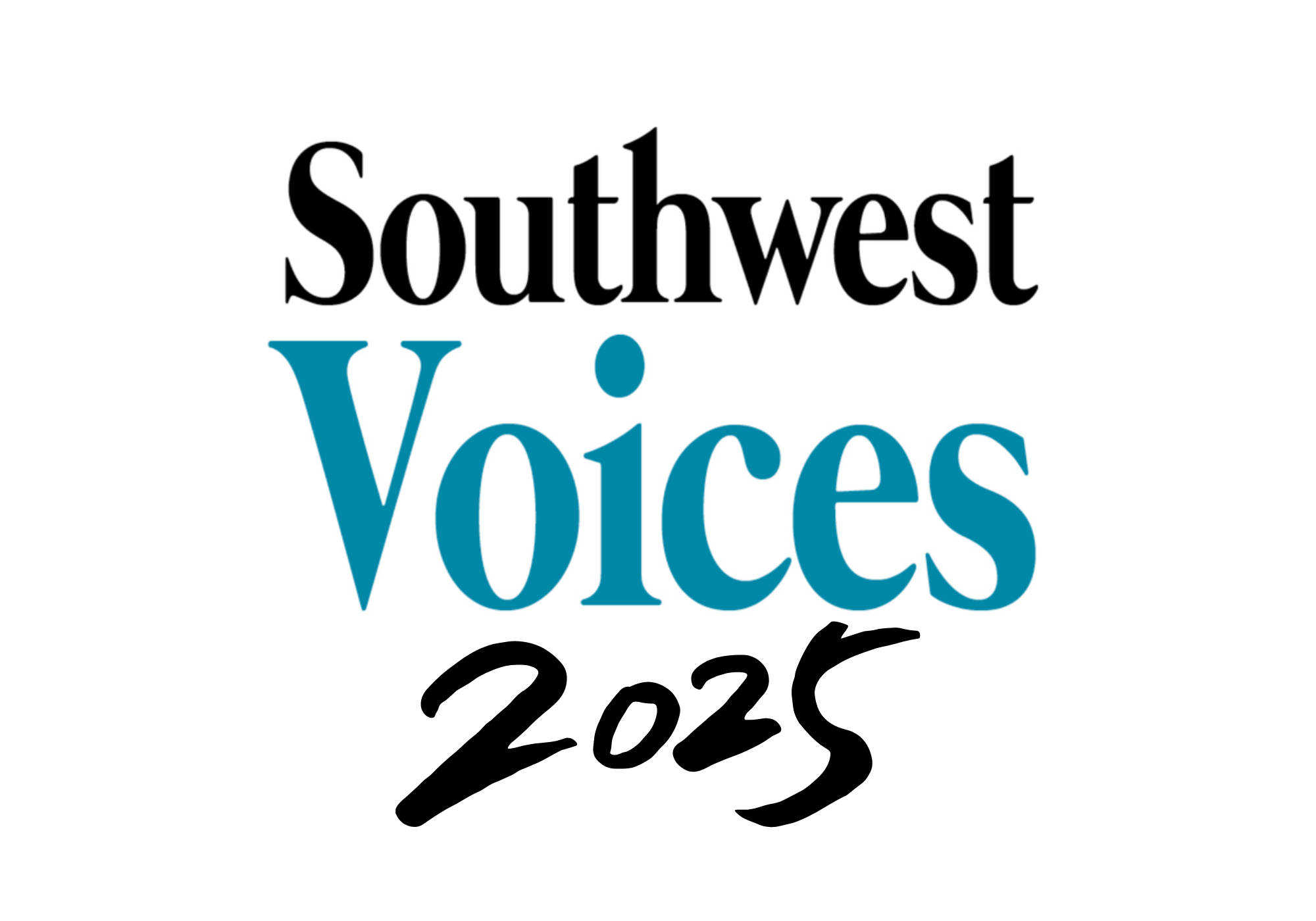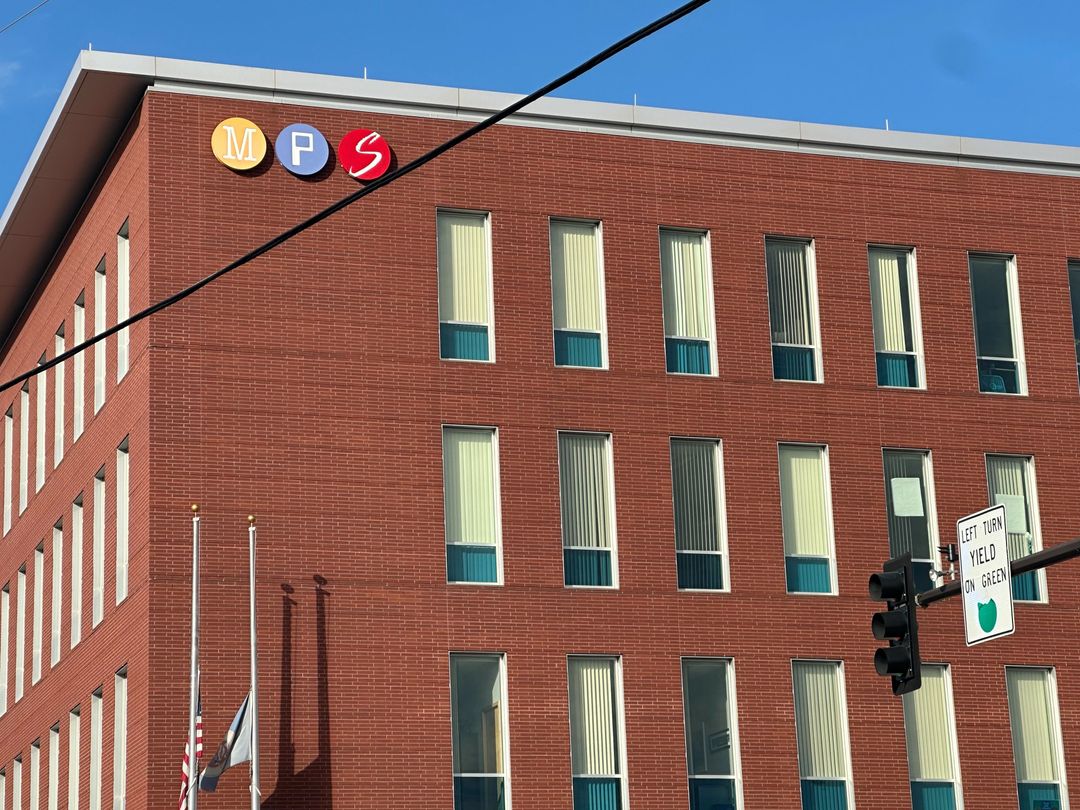As of Aug. 12, there are 397 job openings posted to the Minneapolis Public Schools district website, 216 for classroom positions. Special education, middle schools, and the North and Northeast schools are hardest hit with vacancies. The school year begins Sept. 6.
As school children in the United States have started going back into classrooms, there has been a flurry of national and regional reporting about school districts still working to fill vacant positions. Matt Barnum of Chalkbeat, a education-focused news outlet, recently wrote an article on the background of the current school staffing environment, as well as the pre-pandemic job market for educators. Barnum notes vacancy rates vary by school district. Many districts are increasing staffing levels because of COVID relief funds which has led to more positions than before the pandemic. Concurrently, some of the current hiring challenges existed before the pandemic, particularly filling positions in high-poverty schools, or in specific specialties, like special education, math and science.
Minneapolis Public Schools has not released public data on staffing vacancies for this school year, other than to note that the district has approximately 300 openings. A staffing presentation for the school board’s Aug. 16 meeting doesn’t indicate whether the openings are for classroom teachers and ESPs, or other positions within the district. There is no indication how the current number of openings compares to previous years.
The district declined to make someone available for an interview about current staffing levels. “We are laser-focused on hiring,” a district spokesperson said via email.
Online job postings indicate that Minneapolis Public Schools has at least 216 job openings for teachers and associate educators.
On Aug. 12, Southwest Voices downloaded all the job openings from the district website, which include positions in administrative functions and in classrooms. Some of the postings were for candidate pools, or multiple openings. The data show there are 150 openings for classroom teachers and 66 openings for associated educators or special education assistants.
There are six vacancies for math teachers, 11 vacancies for science teachers and 14 vacancies for world languages. These teaching specialties that have been historically more difficult to staff in the United States. Of the 150 teacher vacancies, around 40 positions are less than full-time, which are also hard to staff.
At the end of the 2021 school year, the district reported having approximately 3000 teachers. Using this number, the current teacher vacancy rate is about 5%. Last November, the district reported its vacancy rate districtwide was around 12%, but that historically the vacancy rate is around 5%.

For context, the most recent data from the state of Minnesota’s Job Vacancy Survey says the vacancy rate for educators in the Twin Cities 7-county metro area is 2.9%. The highest vacancy rate is for career and technical education positions at 8.8%. For special education teachers, the vacancy rate ranges from 4.5% to 5.2% depending on the grade level.
The most common type of job openings in the district are for special education teachers and special education assistants.
Within the district, the most common job openings are for special education. There are 46 special education teaching positions out of the 150 teaching openings and 55 of the 66 associate educator positions are for special education assistants.

Current openings are concentrated in the district’s middle schools.
Job openings for teachers are concentrated disproportionately in the district’s middle schools, where there is one vacancy for approximately every 100 students. For high school and elementary schools, there is approximately one vacancy for every 200 students.
Within the district, a disproportionate number of openings are in schools that have a higher percentage of BIPOC students and students who qualify for free and reduced price meals.
Students in schools where a larger share of students qualify for free and reduced price meals have historically experienced higher teacher turnover within the district (see slide 41 at link), consistent with national trends. This pre-dates the current school year and the impact of the COVID-19 pandemic on the district schools.
Geographically, job openings are disproportionately concentrated in schools located in North and Northeast Minneapolis. There is approximately one job opening for every 87 students in schools located in the geographic boundaries for North High School, one per 62 students in schools located within the boundaries for Henry High School and one vacancy per 98 students in schools within the boundaries for Edison High School.

Within the boundaries of North High School, 78% of the students who attend these schools are BIPOC and around 65% of the students qualify for free and reduced price meals. Within the boundaries for Henry, around 85% of students are BIPOC and around 70% of students qualify for free and reduced price meals. Approximately 65% of students attending schools within the Edison High School geographic boundaries are BIPOC, and nearly 60% qualify for free and reduced price meals.
For schools located within the boundaries for Southwest High School, there is one job opening for approximately every 212 students. Almost three-quarters of students identify as white and less than one fifth of students qualify for free or reduced price meals. Within the boundaries for Washburn High Schools, where just over half of students identify as white and less than one third of students qualify for free and reduced price meals, there is one vacancy for every 170 students

Within the boundaries for South High School, there is one vacancy for every 154 students. Within the boundaries for Roosevelt High School, there is one vacancy for every 179 students.
The pattern of job openings within the district is consistent with staffing challenges that exist nationwide, and pre-date the COVID pandemic. BIPOC students, students who qualify for free and reduced price meals, and special education students have been disproportionately affected by staffing challenges nationwide. These trends pre-date the COVID-19 pandemic. Past research has shown that in schools that have persistent staffing challenges, student outcomes, both academic and otherwise, are negatively impacted.

.jpg)







